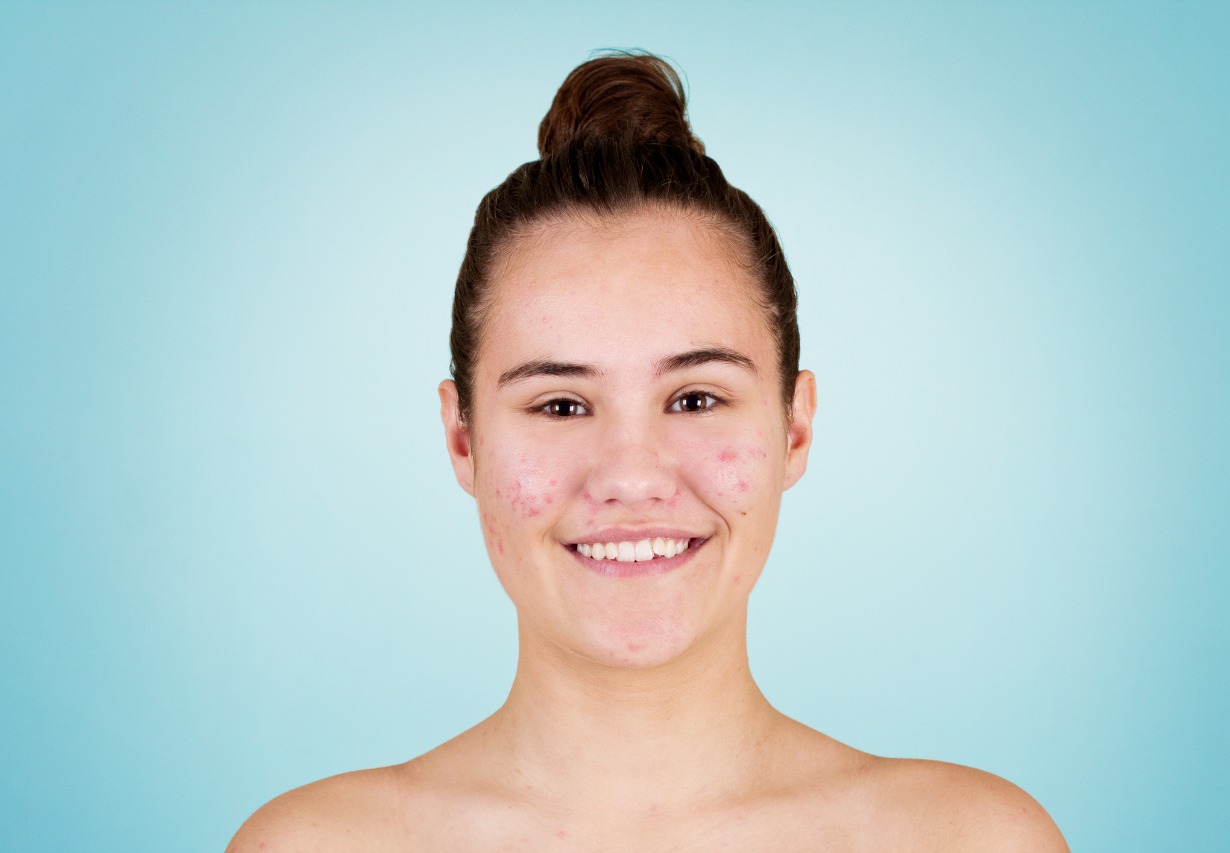Whiteheads
Whiteheads, also known as closed comedones, are a highly common skin condition typically affecting the skin on the face, neck, chest, and back, though they can occur elsewhere. There are many causes of whiteheads, including oily skin and irritation of the hair follicles. Whiteheads generally affect adolescents, though they can occur in individuals at any age. Whether it develops during puberty or adulthood, acne can be physically uncomfortable and emotionally troublesome. If you have whiteheads or are struggling with acne, a dermatologist in Gainesville with Gainesville Dermatology & Skin Surgery can help. Our team of Gainesville, FL, dermatologists provides patients with effective treatment for their skin's unique needs.
Contact our Gainesville dermatology practice today to schedule an appointment and to learn more about our acne treatments and other skin conditions.
What Are Whiteheads?
A whitehead, clinically known as a closed comedone, is a type of acne that forms on the skin when dead skin cells, natural oils, and bacteria build-up, become trapped, and plug the opening of a skin pore. This form of acne stays under the skin but produces a closed, raised, white bump on the skin. Unlike milia, which are small, white bumps on the skin caused by trapped keratin, whiteheads are typically filled with pus. Whiteheads can cause frustration and seem to develop at the worst moments. Fortunately, whiteheads can be prevented with clinical dermatology treatments and certain lifestyle changes.
What Causes Whiteheads?
The skin contains sebaceous glands covering the face and body, most of which are connected to hair follicles. A whitehead pimple generally occurs when a hair follicle or sebaceous gland becomes inflamed. This inflammation of the sebaceous gland/hair follicle can occur due to increased sebum (oils produced by the sebaceous glands) production, abnormal keratin formation, and an increase in acne-causing bacteria can cause acne to develop on the skin. The primary cause of whiteheads is clogged pores, which can occur for several reasons.
Hormonal changes are common triggers of acne, and puberty, menstruation, and pregnancy can increase the amount of sebum, or oil, produced from the pores. Certain contraceptives may also increase hormone levels and cause acne flare-ups. Whiteheads and acne may also be due to certain genetic factors and can appear following a high degree of friction, such as after using athletic gear. Whiteheads are not contagious and cannot be spread to another person through skin-to-skin contact.
Where Do Whiteheads Appear?
A whitehead can appear anywhere on your body. Whiteheads on the nose, whiteheads on the chin, and whiteheads on the forehead (collectively known as the T-zone) are particularly oily areas of the face and may be particularly prone to different types of acne. In addition to the T-zone, individuals can also develop acne on other regions of their face, chest, back, shoulders, arms, legs, and other skin-covered body areas. Acne can develop in people of any gender and almost any age. Even if an individual has never experienced issues with whiteheads during puberty, they may develop at some point during adulthood and beyond.
Whiteheads Vs. Blackheads
Whiteheads and blackheads comprise the same basic material, typically a combination of dead skin cells, sebum, and bacteria. The main difference between whitehead acne and blackheads is whiteheads are closed pores while blackheads stay open. Whiteheads are a mild form of acne and may be tender to the touch. White or yellow-colored bumps are the main characteristic of whiteheads.
Whiteheads are small but firm and often white or yellow. They tend to develop into pimples and close the opening of a pore. Like whiteheads, blackheads form when pores become clogged with a build-up of skin cells, sebaceous material, and bacteria. Blackheads are darker in color due to the oxidation of build-up clogging the pore and are a form of noninflammatory acne but can also turn into pimples.
Blackheads live within an open pore, which exposes the inside material to oxygen, and can be confused with sebaceous filaments, thin hair-like structures that line the inside of the pore and help oil travel to the skin's surface.
How Are Whiteheads Diagnosed?
Whiteheads on face and body skin are typically typically easily recognizable due to their characteristic appearance and features. Exposure of an open comedo (blackhead) to oxygen causes them to appear dark. Because whiteheads are closed, air doesn't reach them, causing them to appear white or yellow. If you have whiteheads or other severe types of acne, seeking whiteheads treatment from your dermatologist can help heal your skin condition and improve the appearance and health of your skin.

